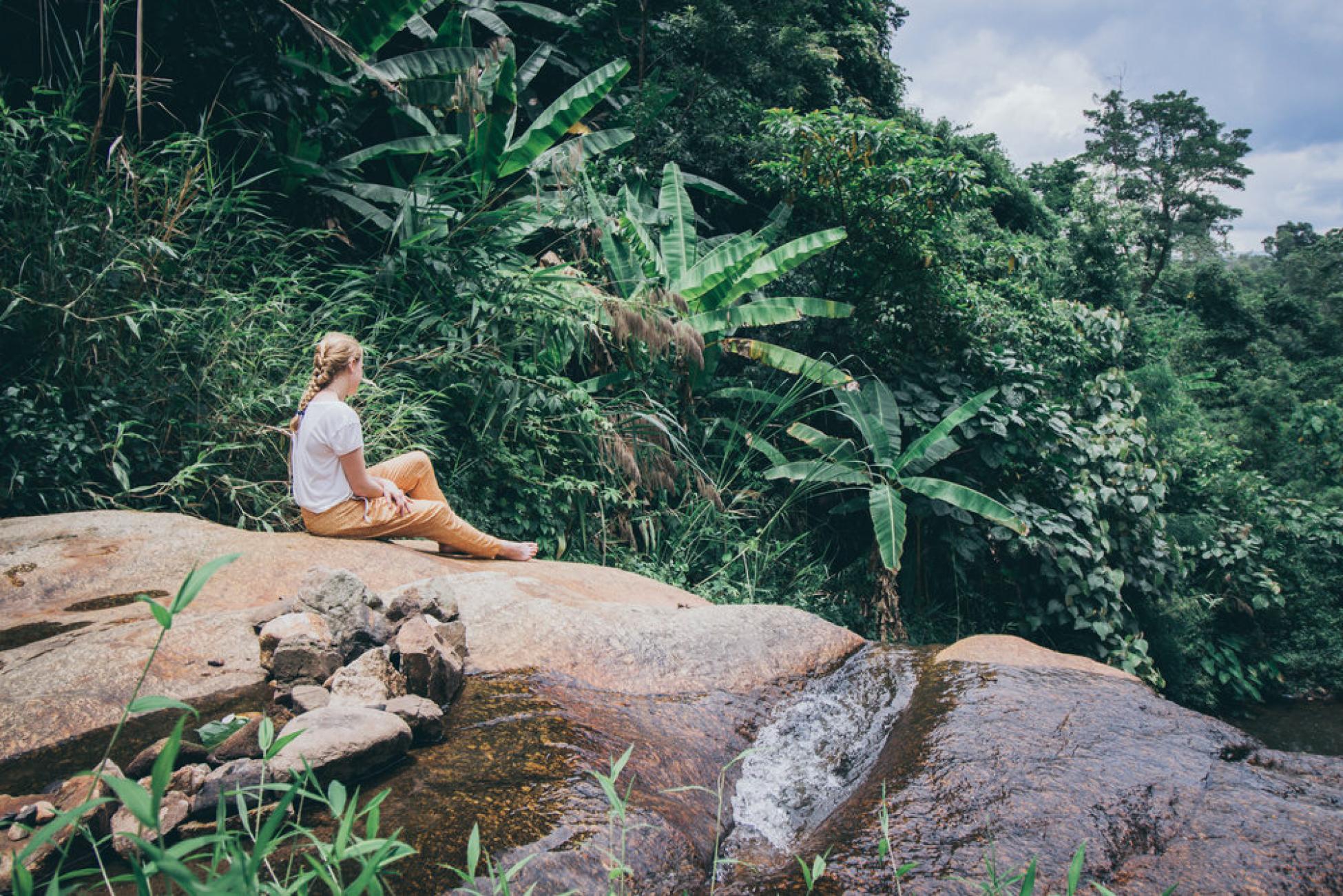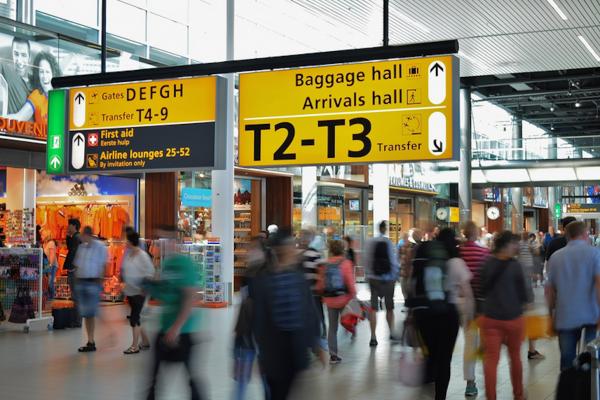The seismic shift from camera to phone-use has made every traveller a closet photographer. Pre-set functions, photo effects and a megadose of pixels fills the feeblest viewer with a surge of confidence. In spite of all that, my iPhone and Nikon still don't come with a cultural protocol.
We all want that perfect picture; the one that captures colur and emotion with a tantalizing contrast that enchants the eye and pulls us inside its frame. As visitors who care deeply about the communities we're working with, capturing amazing images is not simply a utilitarian act. Picturing others with care, respect and transparency is primary to our mission to be contributors and not just kodachrome leeches.
I spent the day with Emma Jackson, student photographer and author of the Kentucky Refugee Project exhibit “My New Kentucky Home.” Emma took her talents overseas to serve as a media intern with Conserve Natural Forests in Pai, Thailand. Between mouthfuls of curry and plantains, we discussed her experiences and some basic guidelines for taking pictures of people and places in Thailand.
Preparation
“First things first," Emma told me, "this is how I prepare for a day of shooting:"
1. Review your foreign language script: "You are so beautiful/interesting," "May I take a picture of you?," "Would you like to see?," "Thank you, so much!"
2. Choose your finest hour. What light do you work best in: morning, afternoon, evening?
3. Have a detailed plan.
4. Ditch that plan.
5. Get a group to share, review and edit your work with.
In the commons
"It's polite to ask anyone if you can take their picture. Often, if you strike up a conversation with them beforehand, you'll actually get better material, too. And if you promise them a picture, make sure you deliver on it," says Emma. "Whatever you do, get off the beaten path. And by that I mean get off the beaten path of Lonely Planet's Off the Beaten Track—everyone's already there."
Let your personality shine through. You probably remember that your best photo shoots were with real characters. Genuine photographers bring out the sincerity of their subjects (even landscapes). People are always more ready to be themselves when you are.
In the cloister
Emma says to make sure to be very careful of who you take pictures of.
Genuine photographers bring out the sincerity of their subjects (even landscapes). People are always more ready to be themselves when you are.
"Monks in Thailand are used to being photographed now, but don't insist on putting them in normal poses or making relaxed faces. They like to maintain serious, dignified expressions," she gives as an example. "Also, while it's usually okay to photograph inside temples, it's a big no-no to sneak candids of worshipers. This is their intimate moment. Thais are watching and they're not impressed when you snap a picture of someone reciting a sutra or praying."
I agree with Emma. I personally think it's important to err on the side side of caution when looking for subjects inside a wat (temple) complex.
I sometimes can take that a little far. Talking with Emma, I related to my recent visit to Si Satchanalai, one of Thailand's most important historic sites, which is rarely visited by the casual traveller. I wound my way through the ruins to Wat Chang Lom, one of the best-preserved buildings of the Sukhothai period. Perched atop a platform in front of the main chedi spire was a sign: "Do not climb."
I wasn't sure if that just applied to the platform or the famed chedi. Since I had heard about the elephant and buddha sculptures on the platform, I was tempted to ignore my suspicion. The open laterite staircase beckoned me forward, but the reverence paid to holy sites in Thailand is nothing to mess with.
So, I veered off the walkway toward a couple of gardeners clipping grass and asked them in my best Thai if I could go up and have a look. ("Bai du noi, dai mai?") They looked at me funny, paused, then gestured dismissively "Dai, dai." ("Of course, of course.") It probably seemed obvious to them, but it wasn't to me.
It's always best to proceed with caution on holy sites (ancient or modern), I think. The worst thing that can happen is that others think you're being a bit too respectful. A far better fate than desecrating a Buddha image and getting deported.
Add this article to your reading list




